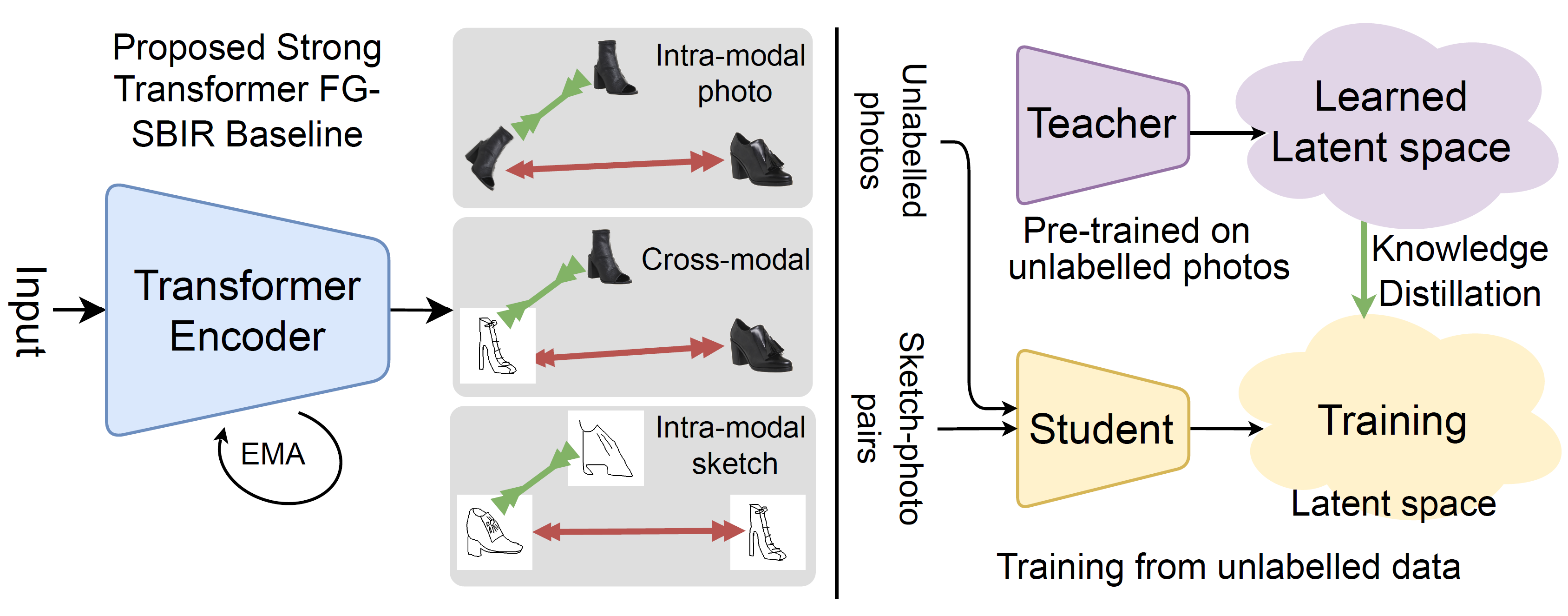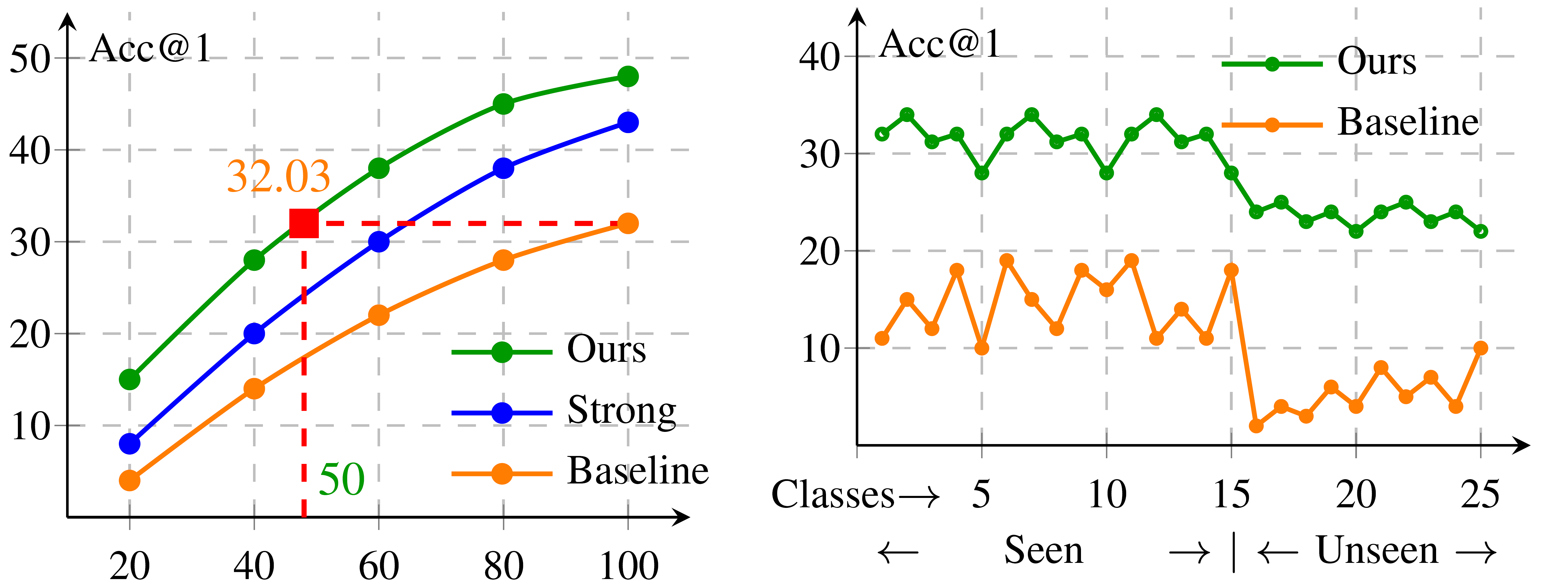



@Inproceedings{sain2023exploiting,
title={{Exploiting Unlabelled Photos for Stronger Fine-Grained SBIR}},
author={Aneeshan Sain and Ayan Kumar Bhunia and Subhadeep Koley and Pinaki Nath Chowdhury and Soumitri Chattopadhyay and Tao Xiang and Yi-Zhe Song},
booktitle={CVPR},
year={2023}
}Copyright: CC BY-NC-SA 4.0 © Aneeshan Sain | Last updated: 31 Mar 2023 |Template Credit: Nerfies